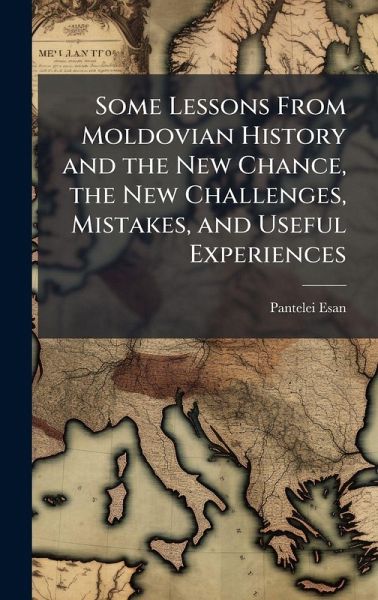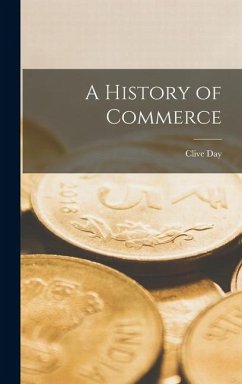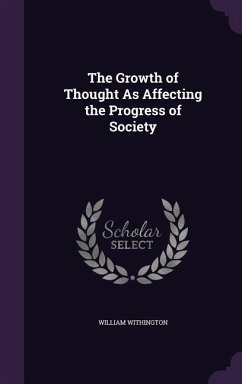
Some Lessons From Moldovian History and the New Chance, the New Challenges, Mistakes, and Useful Experiences
Versandkostenfrei!
Versandfertig in über 4 Wochen
26,99 €
inkl. MwSt.
Weitere Ausgaben:

PAYBACK Punkte
13 °P sammeln!
Since 1812 when Russia occupied Bessarabia, tearing it from the medieval state of Moldova, people in this territory have experienced much hardship and desperation but never had such favorable conditions for deciding its destiny as now. During this time, the territory was chopped up and shared and the people could do nothing. The big countries were deciding their fate. When the USSR collapsed, Moldova gained a real chance to develop as an independent state and end the vicious circle of uncertainty. Although now the economical situation of Moldova is not very good, the willingness of the democra...
Since 1812 when Russia occupied Bessarabia, tearing it from the medieval state of Moldova, people in this territory have experienced much hardship and desperation but never had such favorable conditions for deciding its destiny as now. During this time, the territory was chopped up and shared and the people could do nothing. The big countries were deciding their fate. When the USSR collapsed, Moldova gained a real chance to develop as an independent state and end the vicious circle of uncertainty. Although now the economical situation of Moldova is not very good, the willingness of the democratic community to help the new states attain democracy provides a great opportunity for Moldova. Even though Moldova has made significant steps implementing reforms, and is well ahead with these reforms in comparison to other states of the former USSR, it has already made many mistakes that worsen its situation. Analyzing the experiences of Southern Asian countries and Poland, and comparing them with steps taken in Moldova, it becomes clear why Moldova's reforms didn't bring the desired results. The Asian countries made reforms easier for their people by taking well-defined steps. This work has been selected by scholars as being culturally important, and is part of the knowledge base of civilization as we know it. This work was reproduced from the original artifact, and remains as true to the original work as possible. Therefore, you will see the original copyright references, library stamps (as most of these works have been housed in our most important libraries around the world), and other notations in the work. This work is in the public domain in the United States of America, and possibly other nations. Within the United States, you may freely copy and distribute this work, as no entity (individual or corporate) has a copyright on the body of the work. As a reproduction of a historical artifact, this work may contain missing or blurred pages, poor pictures, errant marks, etc. Scholars believe, and we concur, that this work is important enough to be preserved, reproduced, and made generally available to the public. We appreciate your support of the preservation process, and thank you for being an important part of keeping this knowledge alive and relevant.












